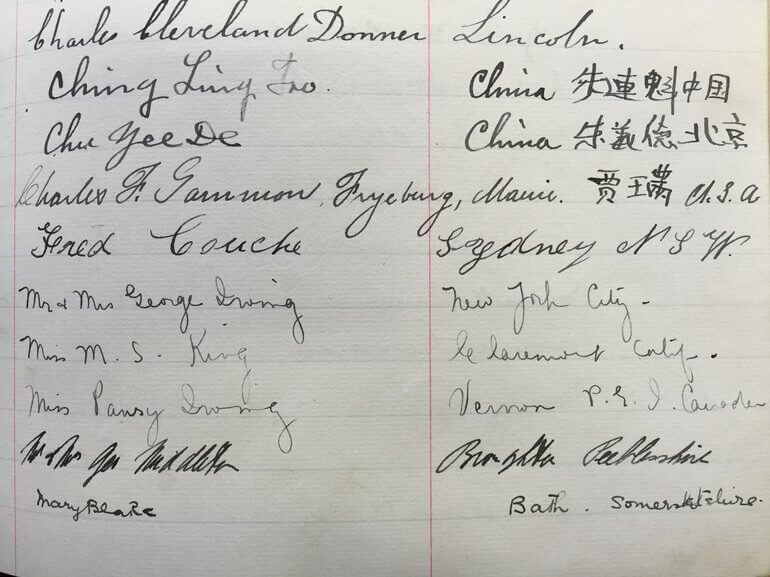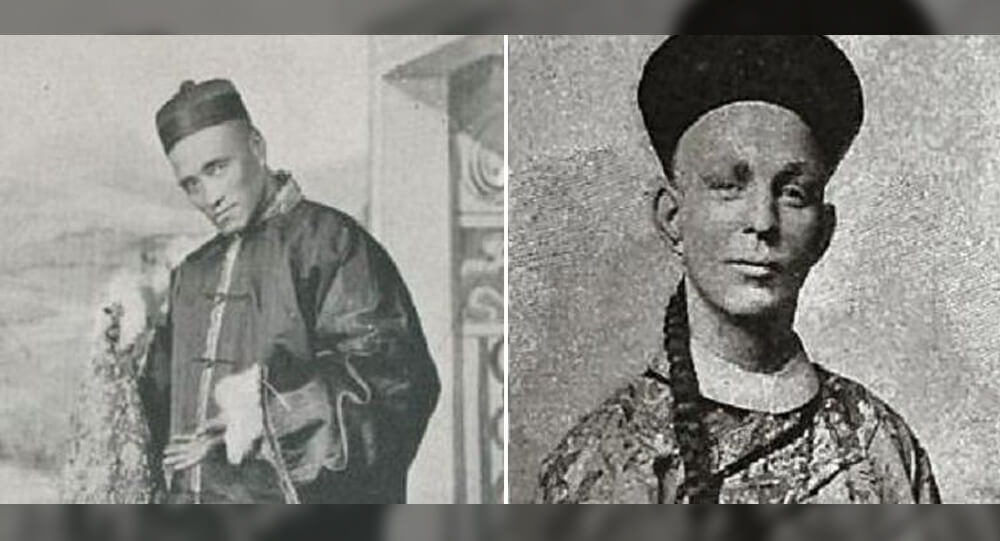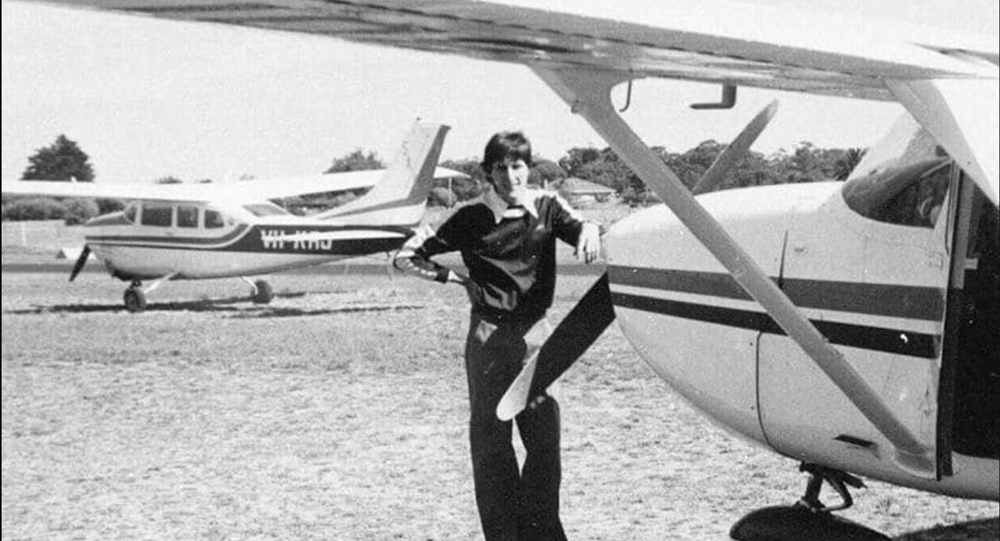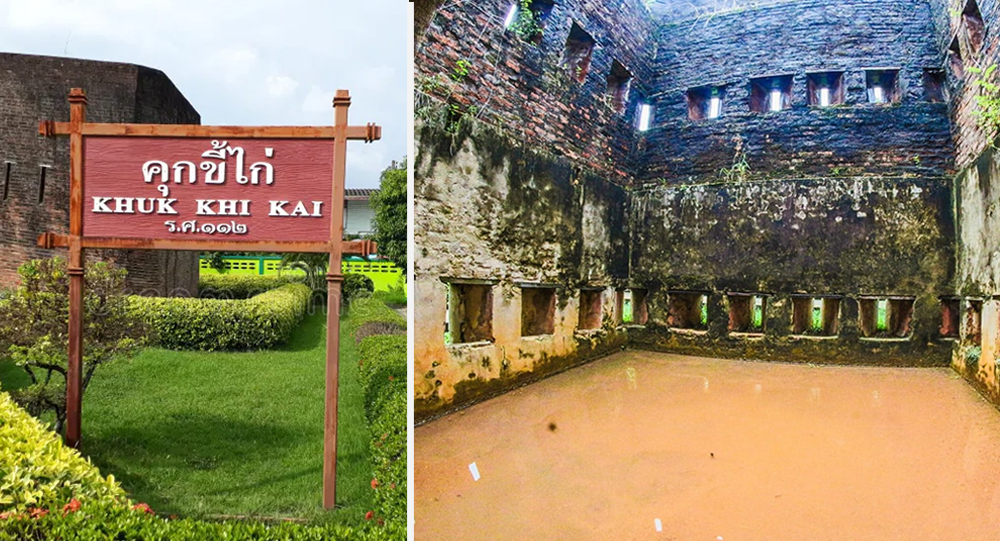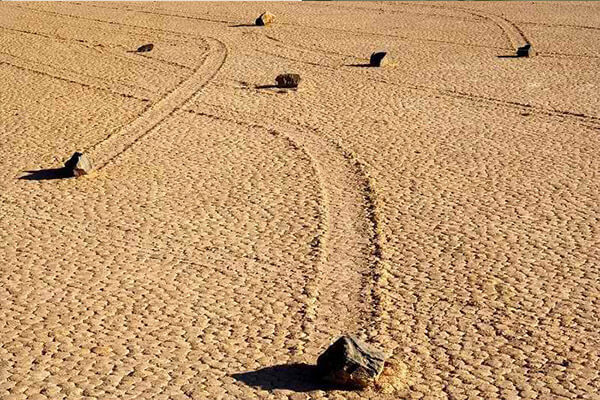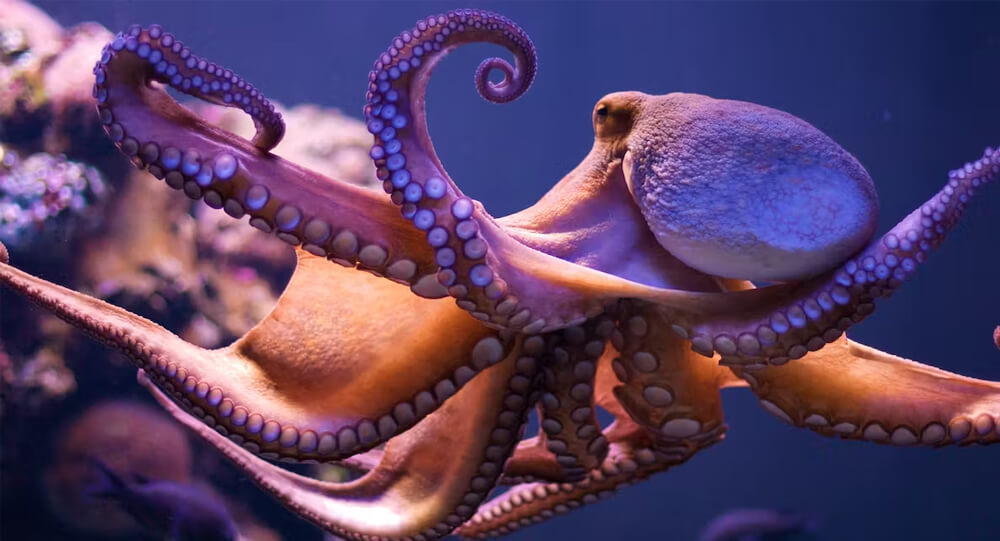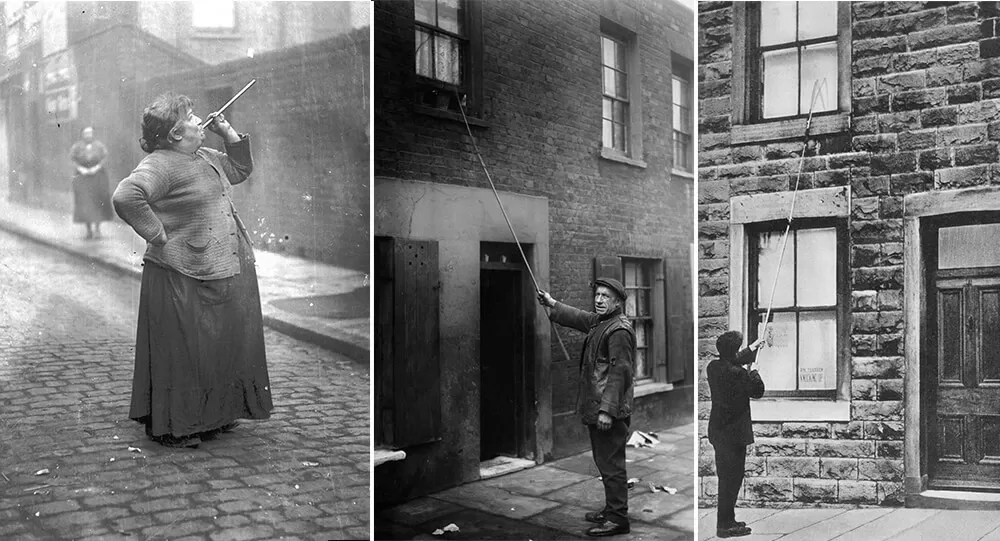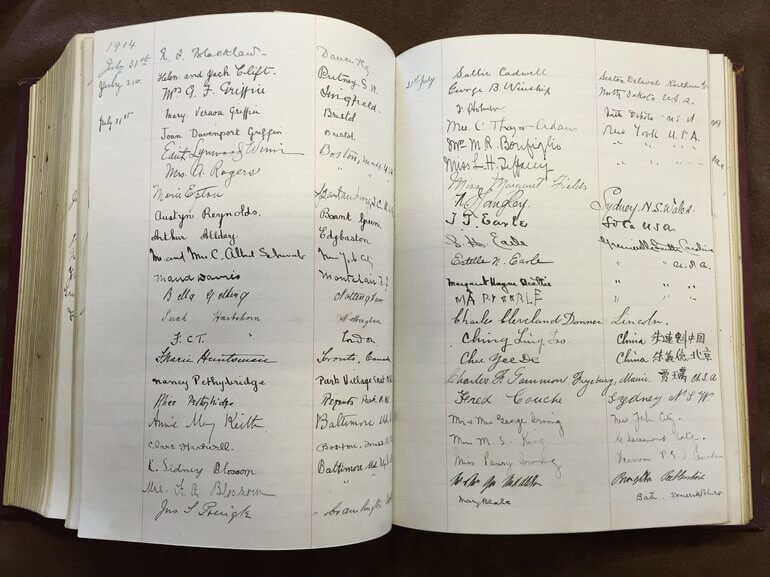
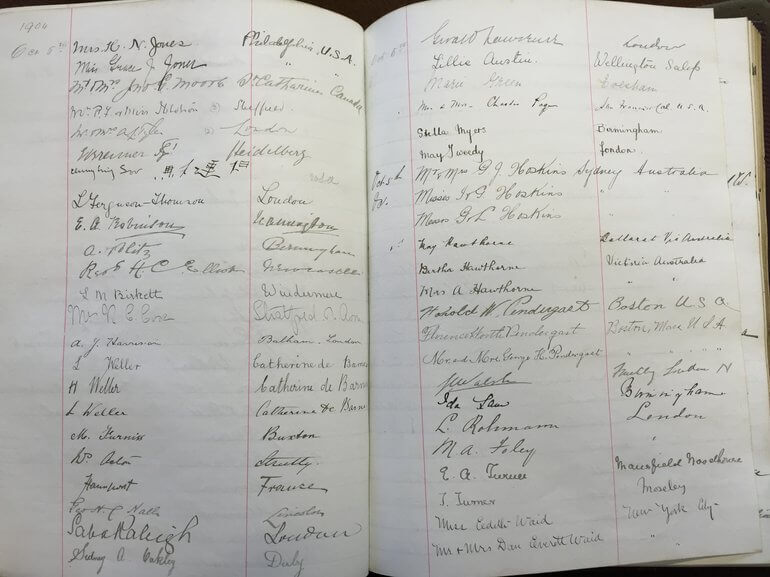
The Chinaman Ching Ling Foo allegedly offered his rival Chung Ling Soo a reward of 1,000 pounds if he could pull off ten of Ching’s twenty tricks, according to newspaper accounts from the year 1905. They changed the time and location, but Ching did not show. As a result, it got to the point where newspapers began to blow up. The story was told in various ways by media professionals. On January 10, 1905, the Hull-based Daily Mail made the amusing claim that Chung “made his rival invisible”:
The Mandarin of the One Button, Chung, however, waited in vain for Ching. The smile on Chung’s face grew wider the longer Ching was gone. Ha! ha! He chuckled. He had achieved the unthinkable. He had rendered his opponent invisible. ”
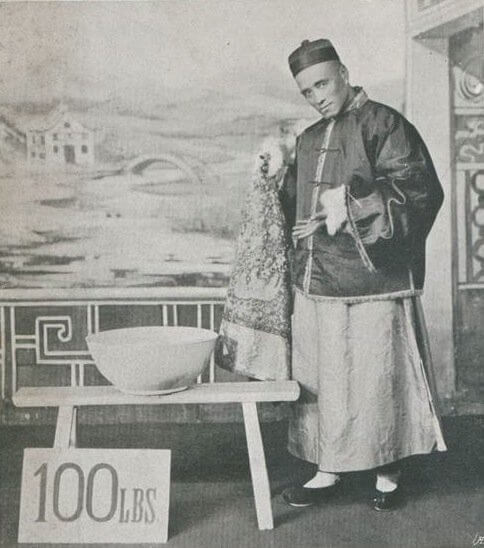
The majority of the London newspapers appeared to support Chung Ling Soo. The Weekly Dispatch furthered the narrative by asking, “Did Foo fool Soo?”, or “Can Soo bring a claim against Foo?These questions would be rather entertaining to English readers who were already perplexed by Ching and Chung’s ambiguous names. Even though Ching Ling Foo and Chung Ling Soo are two names that are easily recognizable in Chinese, they have a tongue twister that caused a lot of controversy. The Sunderland Daily Echo described “this Mongolian” as “of colossal stature and elephantine grace” and “one of the greatest conjurers in the world” on March 30, 1903. Ching Ling Foo was his stage name.
Ironically, Chung Ling Soo’s birthplace of New York City is where Ching Ling Foo first became wealthy. His mystifying feats at Keith’s Union-square Theatre astounded American spectators. From the beginning to the end of his performances in 1899, the London-based The Era provided coverage. The newspaper gave Ching’s show high marks in a story from September:
The Chinese juggler and magician Ching Ling Foo continues to head the lineup at Keith’s Union-square Theatre. “His whole ‘bag of tricks’ are extremely mystifying, and the house has been packed to the doors during his engagement,” the theater reports.
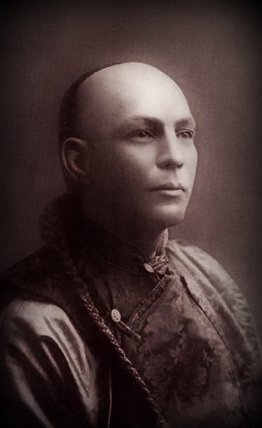
Ching’s “bags of tricks” include breathing smoke and fire, slipping a razor-sharp knife blade through his nose, tossing a sizable shawl into the air before letting it land on the ground to reveal a large bowl of water with an apple on it (or occasionally a child), etc. These well-known feats have been performed in China for more than a thousand years, and during the Song Dynasty (960–1279 AD), they were performed in various playhouse yards alongside other performances like acrobatics, shadow puppetry, sword play, and zaju (a dramatic form unique to the Song Dynasty).
Artists in this field, along with actors in traditional Chinese drama, must undergo rigorous training from an early age and maintain rather stringent discipline throughout their careers, with pride and honesty placed among the fundamental values. Ching Ling Foo was raised in a highly professional environment and despises forgeries and imposters. It partially explains why he hurried to challenge Chung Ling Soo to a battle of honor and truth.
The American, Chung, whose real name is William Robinson, claimed to be Chinese and tried to project that image by dressing up in Ch’ing Empire-era costumes in public. He even used an English interpreter at various social gatherings because he made a point of not being able to speak English. Chung Ling Soo achieved success as “the Original Chinese Conjurer” by using all of these methods to persuade Europe as a whole of his Chinese identity.
The competition turned into a public fight when Ching arrived at the Empire, which was a hundred yards from the Hippodrome where Chung had begun to perform. Both magicians had advertised themselves as “the Original Chinese Conjurer” on similar-sounding posters.
The Evening News on December 30, 1904, might have swayed public opinion in the opposite direction from newspapers that had criticized Ching Ling Foo’s absence on the day of combat in the years leading up to 1905 with its rather thought-provoking story:
Ching Ling Soo, a Chinese magician who performs at the Hippodrome, declines Ching Ling Foo’s challenge to a public competition on the grounds that his dignity is too sublime.
As a result, Chung declined the challenge before the fight, which inevitably resulted in his absence. Who is lying if Chung failed to appear for his “sublime dignity”? The narrative then continues.
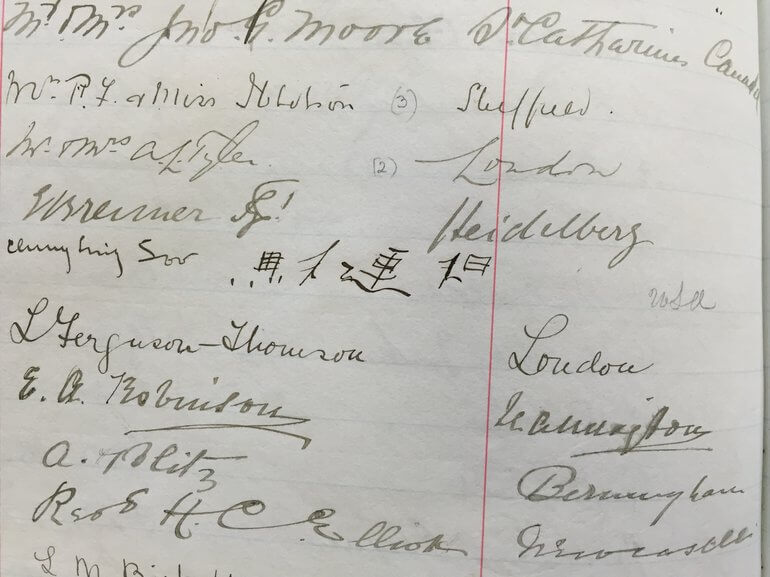
Hopefully, recent evidence from the author will demonstrate that self-described “the Original Chinese Conjurer” Chung Ling Soo lied about his ethnicity. He did not even know how to write his Chinese name when he visited Shakespeare’s Birthplace on October 5, 1904; the family name was barely a Chinese character, and one of the first names was horribly misspelled. In contrast, Ching Ling Foo’s signature on the Visitors Book, which is dated July 31, 1914, roughly ten years later, gives him credit for having a more certain Chinese identity. The “Original Chinese Conjurer,” also referred to as Empress Dowager Cixi’s Conjurer, is said to have made it.
